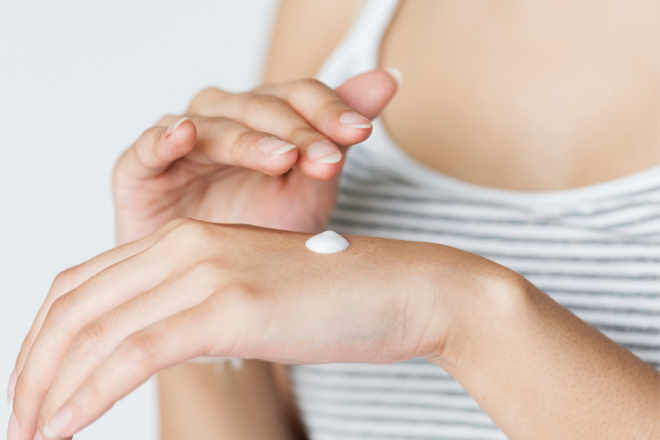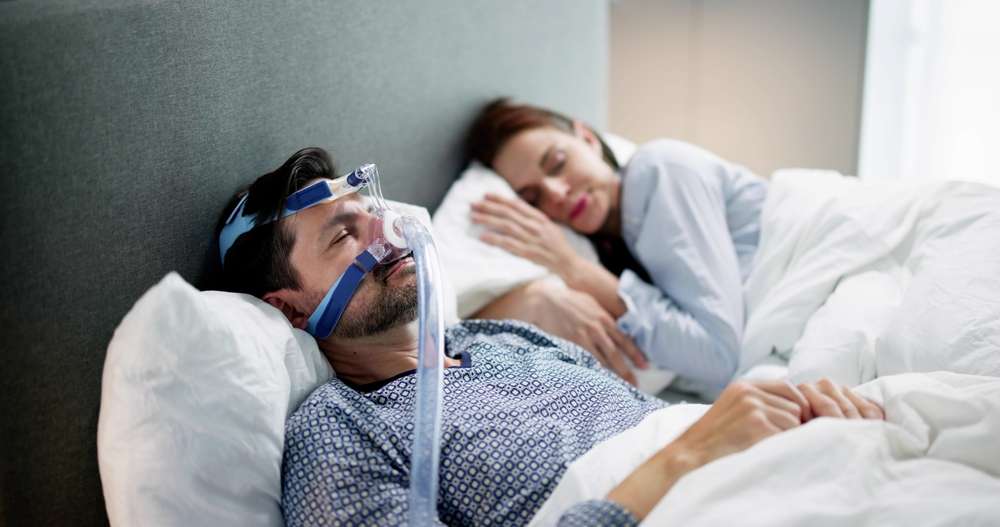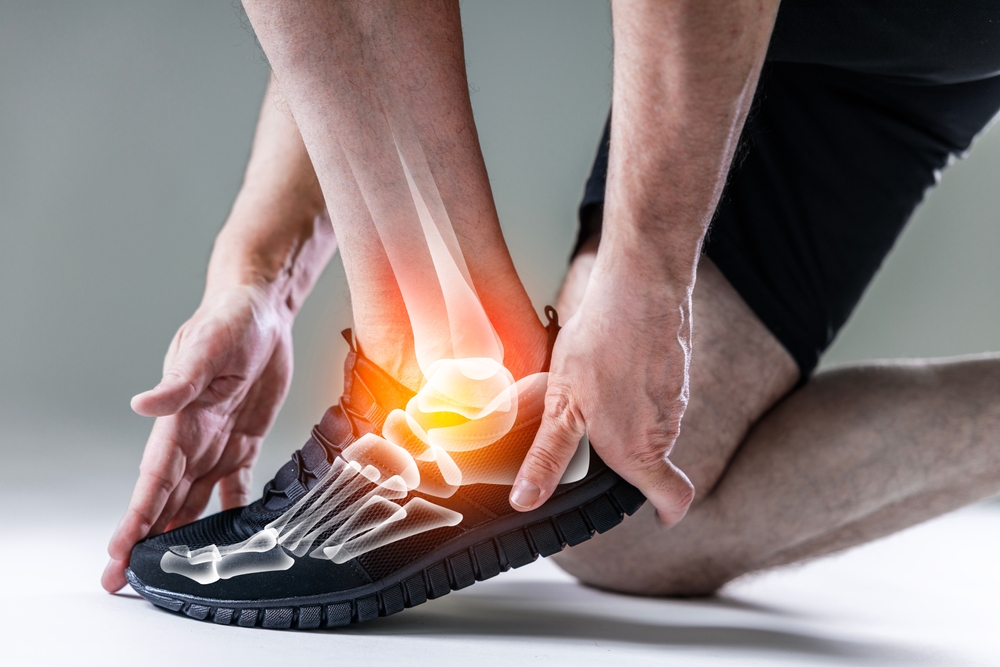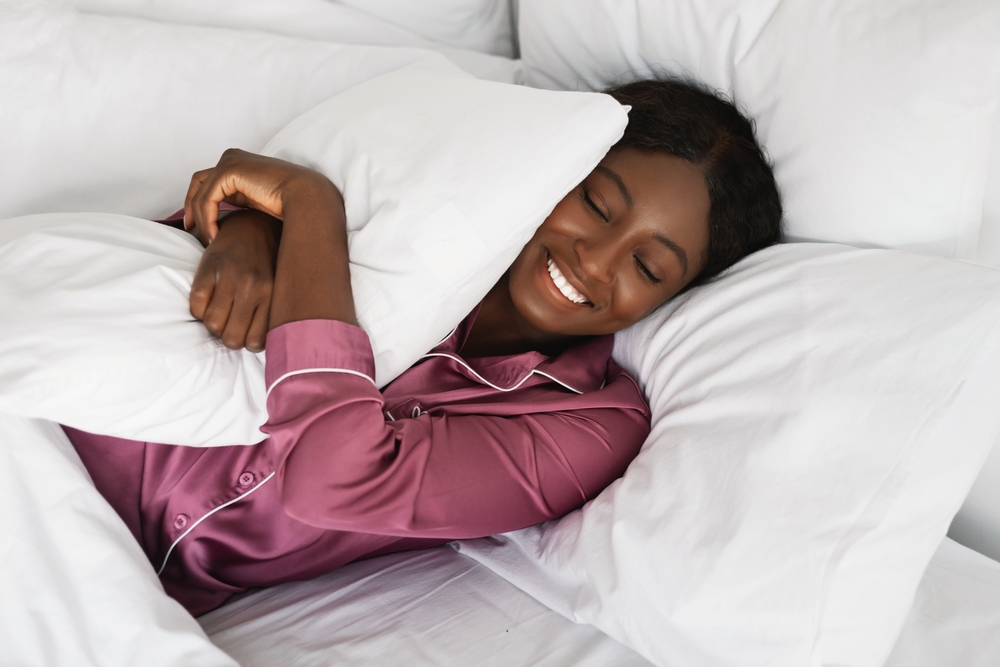Explore Tips for Reducing Eye Bags
Eye bags can be a frustrating cosmetic concern that affects people of all ages. These puffy areas beneath the eyes often make us look tired, older, or stressed, even when we're feeling our best. Whether caused by genetics, aging, fluid retention, or lifestyle factors, eye bags can be addressed through various methods ranging from simple home remedies to professional treatments. This comprehensive guide explores effective strategies to reduce eye bags and restore a more refreshed, youthful appearance to your under-eye area.

How to Reduce Under-Eye Bags and Puffiness
Under-eye bags develop when tissues around the eyes weaken and sag, often accompanied by fluid accumulation. The delicate skin in this area makes swelling and discoloration more noticeable. Several immediate strategies can help reduce puffiness. Cold compresses applied for 10-15 minutes can constrict blood vessels and reduce swelling. Elevating your head while sleeping helps prevent fluid from pooling around the eyes overnight.
Staying hydrated throughout the day supports proper circulation and reduces water retention that contributes to puffiness. Gentle massage around the eye area can stimulate lymphatic drainage, helping to move accumulated fluids. Using your ring finger, apply light pressure in circular motions from the inner corner outward.
Home Remedies for Eye Bags and Dark Circles
Natural remedies offer accessible solutions for addressing eye bags and accompanying dark circles. Cucumber slices contain antioxidants and have cooling properties that can temporarily tighten skin and reduce inflammation. Place thin slices over closed eyes for 10-15 minutes daily.
Caffeine-based treatments work by constricting blood vessels and reducing fluid retention. Used coffee grounds mixed with a small amount of coconut oil create an effective eye mask. Tea bags, particularly green or black tea, contain caffeine and antioxidants. After steeping, cool the bags in the refrigerator before applying to eyes.
Aloe vera gel provides anti-inflammatory benefits and can help tighten skin temporarily. Apply a thin layer around the eye area before bedtime, being careful to avoid direct contact with eyes.
Lifestyle Changes to Prevent Eye Bags and Swelling
Preventing eye bags requires consistent lifestyle modifications that address underlying causes. Quality sleep of 7-9 hours nightly allows tissues to repair and reduces inflammation that contributes to puffiness. Establishing a regular sleep schedule helps maintain this consistency.
Dietary adjustments play a crucial role in prevention. Reducing sodium intake helps minimize water retention that causes swelling. Limiting alcohol consumption prevents dehydration and inflammation that can worsen eye bags. Incorporating foods rich in antioxidants, such as berries and leafy greens, supports skin health.
Sun protection prevents premature aging and collagen breakdown that can worsen sagging around the eyes. Wearing sunglasses and applying SPF 30 or higher sunscreen daily protects this delicate area. Managing allergies through appropriate medications or avoiding triggers reduces chronic inflammation and rubbing that can damage skin.
Eye Bag Treatment Options and Skincare Solutions
Topical skincare products containing specific ingredients can help improve the appearance of eye bags over time. Retinol promotes collagen production and skin renewal, though it should be introduced gradually to prevent irritation. Vitamin C serums provide antioxidant protection and support collagen synthesis.
Peptide-based eye creams can help firm skin and reduce the appearance of fine lines that often accompany eye bags. Hyaluronic acid provides hydration without heaviness, helping to plump the skin temporarily. When selecting products, choose those specifically formulated for the delicate eye area.
Consistent application is key to seeing results from skincare products. Apply treatments gently using your ring finger, which applies the least pressure. Allow products to absorb fully before applying additional layers or makeup.
| Treatment Type | Provider/Product | Cost Estimation |
|---|---|---|
| Topical Retinol Cream | Neutrogena, RoC, Olay | $15-50 per product |
| Professional Chemical Peel | Dermatology clinics | $150-300 per session |
| Radiofrequency Treatment | Medical spas | $200-500 per session |
| Surgical Blepharoplasty | Plastic surgeons | $3,000-7,000 total |
| Injectable Fillers | Cosmetic practitioners | $600-1,200 per treatment |
Prices, rates, or cost estimates mentioned in this article are based on the latest available information but may change over time. Independent research is advised before making financial decisions.
Professional treatments offer more dramatic results for persistent eye bags. Non-invasive options include radiofrequency treatments that tighten skin through controlled heating, and laser therapy that stimulates collagen production. Injectable treatments like dermal fillers can address volume loss that contributes to the appearance of bags.
For severe cases, surgical options such as blepharoplasty remove excess skin and fat deposits. This procedure requires careful consideration and consultation with qualified professionals to understand risks and expected outcomes.
Addressing eye bags effectively often requires combining multiple approaches tailored to individual needs and causes. While home remedies and lifestyle changes provide foundation-level improvements, professional treatments may be necessary for more significant concerns. Consistency in skincare routines and healthy habits remains essential regardless of the treatment approach chosen. Remember that results vary among individuals, and patience is important when implementing any eye bag reduction strategy.
This article is for informational purposes only and should not be considered medical advice. Please consult a qualified healthcare professional for personalized guidance and treatment.




